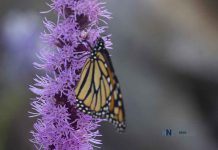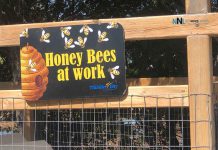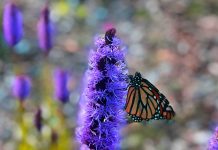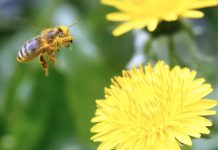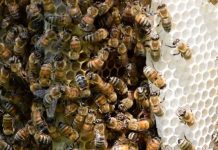

THUNDER BAY – CLIMATE – The number of honey bee colonies fell by nearly 12% last winter, an international study involving the University of Strathclyde indicates.
Beekeepers in 29 countries reported that, out of nearly 400,000 colonies they managed, 11.9% had failed to survive the winter.
Cases of colonies perishing after problems occurred with their queen were higher than expected.
The UK and Spain were worst affected, compared with the previous year, when other areas of Europe were hardest hit.
The preliminary findings were made through a study by honey bee research association COLOSS, based in the Institute of Bee Health at the University of Bern.

Dr Alison Gray, of Strathclyde’s Department of Mathematics & Statistics, a partner in the study, said: “These loss rates vary considerably between countries. In this year’s survey the highest losses were found in Ireland and Northern Ireland, followed by Wales and Spain.
“The pattern of loss rates differs from last year, when higher mortality and loss rates were found in central Europe and countries to the east. This year the higher loss rates tend to be in the west and northern countries, although Spain had high rates of loss in both years.
“All the loss rates quoted here include losses due to unresolvable queen problems after winter, as well as colonies that died over winter for various reasons. Losses due to queen problems were unexpectedly high in some countries and this will be a matter of further investigation.
“The crucial role of honey bees in crop pollination means that maintaining colony numbers is of great importance to agriculture, the economy and food security. Honey bees also pollinate many flowering plants and trees important for other wildlife, and so have a vital role in maintaining the natural environment and biodiversity.
“Our research with COLOSS studies the levels of colony losses and potential drivers of colony decline, including management practices, pests and diseases and environmental factors.”
The study found that the spring and early summer months of 2015, from March to July, were cold in Norway, Scotland, Sweden, Denmark and Ireland, with mean temperatures ranging from 12.8 – 14.4 °C. This may have had negative effects on colony development, resulting in both relatively high numbers of dead colonies and unsolvable queen problems after winter.

